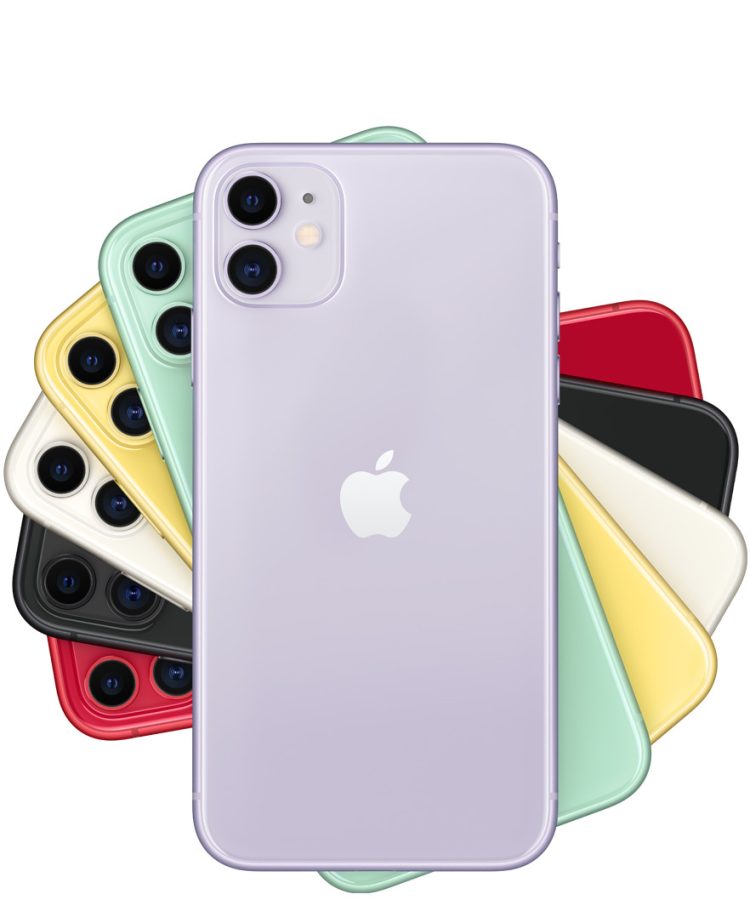Has technology become a true addiction?
Technology has become a crutch in life
May 5, 2022
We all use technology. Whether at work, school or home, it has become ingrained into every aspect of our society. While many aspects of technology are beneficial, there can be too much of a good thing. What has come out of these advancements is a new problem we never expected to face: tech addiction.
Most of us face tech addiction subconsciously. While not classified as a true clinical addiction by the international behavioral community, as of 2018 it has been classified a mental health condition named “Internet Gaming Disorder” by the World Health Organization (WHO). The reason it is debated as a true addiction is that addicts do not need more and more technology to function. However, those that argue it does qualify as an addiction would argue that it causes anxiety and negative feelings when one can not access their technology, much like a true addiction.
To know if there is an addiction, one should look at actions when faced with technology. According to healthline, tech addicts are shown to compulsively check their phones and are unable to control how much time they spend online. They are so consumed that they will maintain their connection with technology even when it threatens relationships and strains bonds between the two. Other symptoms are not so simple to spot, says embark.com, such as mood swings, getting less sleep, and stress. The long-term effects are similar to drug use with irritability from withdrawal, depression, sleep disorders, and suicidal thoughts. These traits range from mild to extreme reactions, but all point to the same problem, humans rely too much on technology.
Tech addiction or “TA” began emerging in the 2000s. At this time technology was changing and developing to become more interesting and fun, rather than just useful information. The creation of MMORPGs (massive multiplayer online role-playing games) along with their use of customizable avatars within the game, began the trend of TA. It was not only the fact that technology was available that heightened addiction, it was the influence of adults on children’s lives. “Parents, peers, and teachers are important role models in the process of the development… Parents and teachers are also the first and second most effective elements, respectively, in protecting adolescents from TA” according to Mason and Windle, 2002 and Xie, Chen Zhu and He’s research in 2019. These factors of a growing aspect of fun and adults encouraging children to use tech have caused this issue to become much more prominent and it continues to grow in recent years, with teens using phones about nine hours a day according to AACAP.
Due to the COVID-19 pandemic forcing a lockdown order, many people developed a technology addiction or continued to develop an even stronger one than they had previously. With a profound lack of entertainment in the home, the internet was where many turned to for something to do while stuck at home. According to research by scientists Aliyev, Kiraly, Winther, and Bryne in 2020, “the pandemic has shown to multiply the probability of it being a risk factor for addiction by two or more times and has a high probability of continuing to increase as the duration of electronic usage like the cell phone increases.” This seems to be the consensus of most scientists and medical experts as they give technology the nickname “digital heroin” and state that every one in four people spend more time on their phone than they do sleeping. Emme Hoskins says she is addicted, “I don’t think it’s horrible because I work so much that I can’t be too addicted, but I do want it when it’s not with me so I am [addicted]. It messes up my sleep schedule because I’m supposed to be sleeping and I’m up watching my Tiktok drafts.”
However, there is hope. With tips all over the internet on how to avoid using so much of the internet, it is easy to find ways to stop spending so much time staring at a screen. One of the easiest ways to halt the addiction is to turn off push notifications. Without being able to see anything being updated, the temptation to open a phone and see what has been said is much lower, and therefore the risk of TA is lower. However, for some, that may cause them to compulsively open their phone and check apps for any missed notifications. If that happens, tips such as greyscale may work better. With this setting, the colors that appear when a phone turns on are muted into shades of gray. This stops the reward the brain gives off when it sees the neon colors given off when phones turn on.
Like any addiction, it is difficult to stop. With the proper plan though, it is possible to stop the damaging connection we have with our electronic devices. We can get away from TA and escape the snare it has held us in, but we can only do that if we recognize the problem and take a step back from technology as a society.
